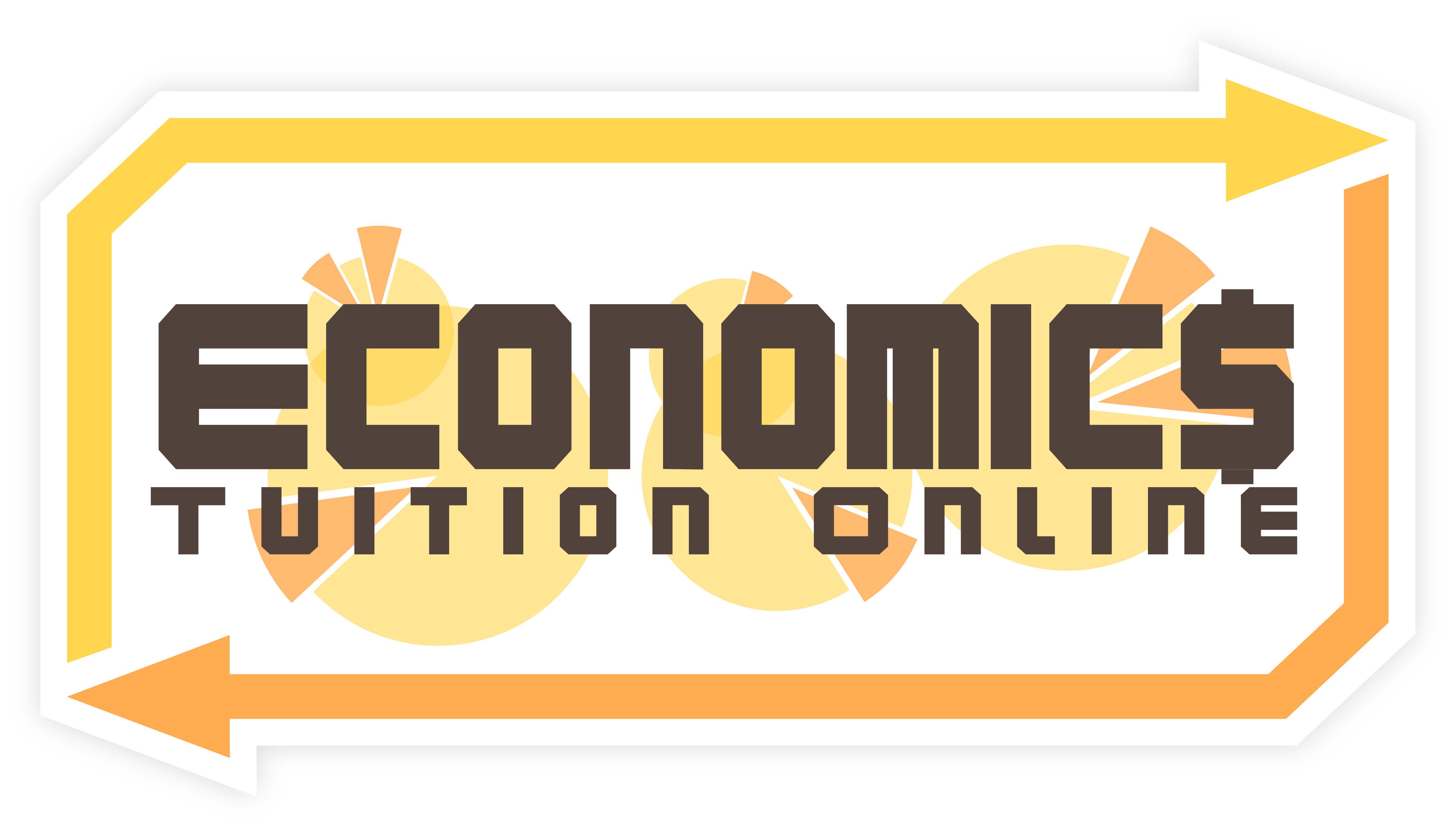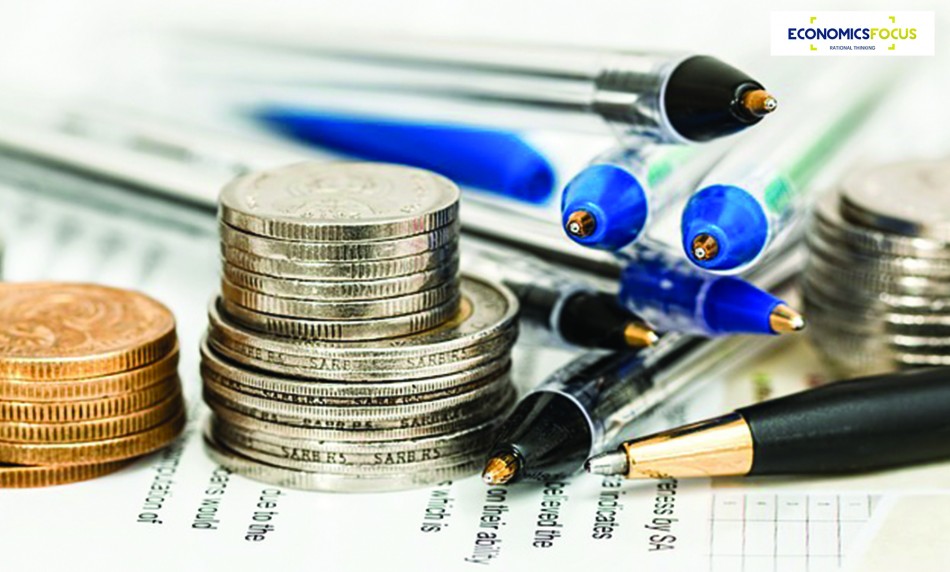Inflation
Examine the notion of inflation and how it affects the General Price Level (GPL) of countries prepared by our JC Economics Tutor Simon Ng from Economicsfocus. In other words, governments also strive to keep inflation rate low in order to achieve price stability, which is beneficial to economies. Identify different causes of inflation, such as demand-pull inflation and cost-push inflation, to understand what are the negative consequences of such an economic condition.


